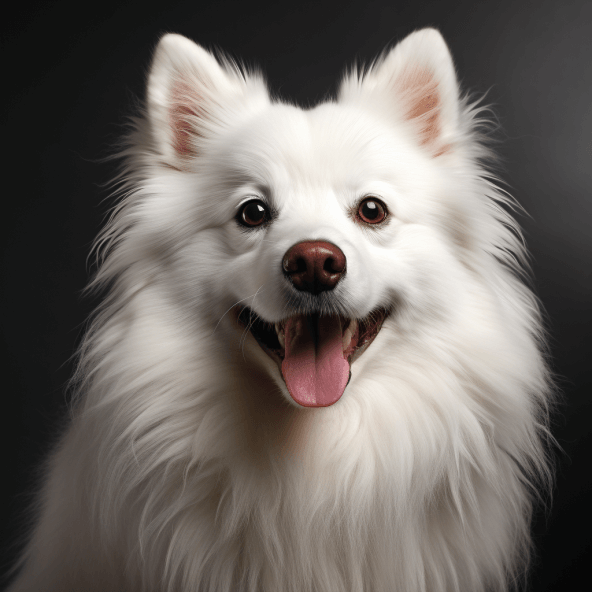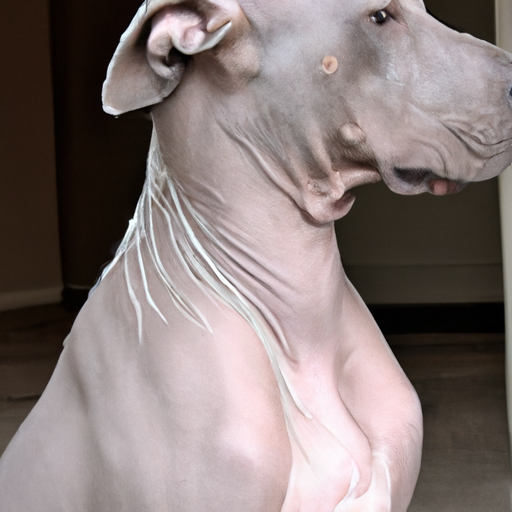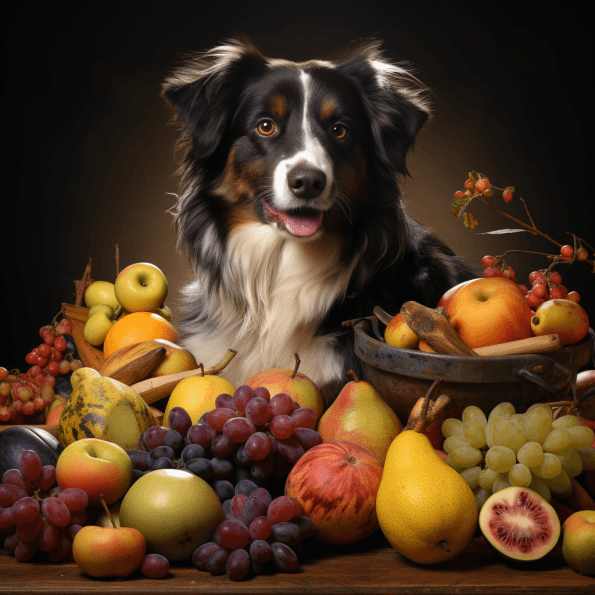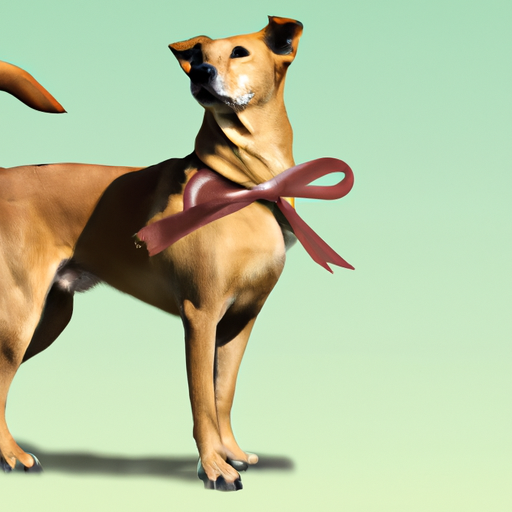American Eskimo Dog
Imagine a tiny snowball with eyes, scampering around your living room – that’s the American Eskimo Dog for you! Often mistaken for a small-sized Husky due to its striking appearance, this breed has a rich history and an adorable personality that’s uniquely its own. In this feature article, you’ll find out what makes the “Eskie,” as it’s affectionately called, an ideal pick for families and individuals who crave the companionship of a friendly and intelligent canine. Expect to read about their breed characteristics, health tips, and hints on how to build the best relationship with your Eskie! This dazzling dog breed with its snowy fur and sparkling eyes is all set to invade your heart, and once you know all about it, you’ll find it hard to resist!

Background of American Eskimo Dog
Let’s dive into the dynamic and vibrant history of the American Eskimo Dog. This breed has a lot to offer in terms of companionship and general character.
Origins and History
American Eskimo Dogs, popularly known as Eskies, actually originated from Germany and were initially recognized as German Spitzes, before they become deeply embedded in American culture. In the early 20th century, these dogs immigrated to the U.S and were widely beloved as their distinctive looks and endearing personality made them a hit on the American circus scene. In fact, they were often seen traipsing across tightropes and charming audiences with their intelligent tricks.
Name and its Significance
The breed didn’t actually get its current name, American Eskimo, until the First World War. Its original German name was changed due to anti-German sentiments rampant during the war. Despite its name, the breed has no proven ties with Eskimo culture. Rather, the moniker seemed to be more about creating an all-American image that resonated more favorably with the public.
Characteristics of American Eskimo Dog
Let’s talk about what makes Eskies uniquely them, starting with their physical characteristics.
Physical Features
These dogs are outright iconic with their bright white coats, fox-like face, and alert, intelligent eyes, which come in striking shades of brown. They possess an exuberant tail that often curls over the back, adding to their lively visual appeal.
Size and Weight
There are three size variants of this breed: toy, miniature, and standard. Toy Eskies are around 9 to 12 inches, miniatures about 12 to 15 inches, and the standard range from 15 to 19 inches. Depending on size, the weight of an Eskie can vary from 10 to 35 pounds.
Colour and Coat type
Eskies boast a delightful white to cream coat, which is especially thicker around the neck creating a lion’s mane appearance. The double-layered, plush coat is designed to withstand harsh winters, a nod to their German Spitz heritage.
Temperament of American Eskimo Dog
The Eskie temperament is part of what makes them such engaging pets.
General Behavior
Eskies are generally social, friendly, and highly intelligent. They display a notable enthusiasm for life and are known for their infectious energy that can brighten up any room.
Interaction with Humans
Due to their strong attachment to their families, Eskies can sometimes be a bit wary of strangers and might take time to warm up to them. They’re great with kids and are devoted protectors of their family. Their high intelligence is reflective in their eagerness to learn and their good memory.
Interaction with Other Animals
If socialized from an early age, Eskies can get along well with other dogs and even cats, although their small-game hunting instincts may piqued around smaller pets.
Training an American Eskimo Dog
Training is an enjoyable process, provided you understand an Eskie’s needs.
Training Needs
Thanks to their intelligence, these dogs are highly trainable. Start training as early as possible and incorporate games and tricks to keep them entertained.
Training Techniques
Since Eskies perform well with positive reinforcement, rewarding good behavior with treats and lots of praises will be beneficial.
Difficulty Level of Training
While their intelligence makes them good learners, their stubborn streak may present a slight challenge. Be patient, persistent, and consistent in your training efforts.

Key Health Concerns
Eskies are generally healthy dogs but are prone to certain conditions.
Genetic Disorders
This breed can sometimes be prone to hip dysplasia, progressive retinal atrophy, and certain knee issues.
Common illnesses
Eskies might occasionally suffer from common autoimmune disorders or skin problems. Regular veterinary checkups will help detect any health issues early.
Lifespan and Wellness
A happy, well-cared-for Eskie can enjoy a long lifespan of 12 to 15 years.
Exercise and Physical Activity
Eskies have high energy levels and will require regular exercise to stay stimulated and healthy.
Physical Activity Levels
This breed is built for activity and will need daily exercise, including walks or play sessions.
Recommended Exercise
A combination of physical and mental exercises works best for an Eskie. Regular walks, access to a safe outdoor space, and puzzle toys can keep them happy and well-exercised.
Ideal Living Conditions
While an Eskie can adapt to apartment living, they will appreciate a yard where they can freely expend energy. Remember, they have a strong tendency to bark, which may not always be appreciated by neighbors.
Nutritional Needs of American Eskimo Dog
Proper nutrition is crucial for an Eskie’s overall health and well-being.
Feeding Schedule
Feeding your Eskie twice a day with high-quality dog food is good practice. Adjust portion sizes according to their size, age, and activity levels.
Diet Requirements
Ensure a balanced diet rich in proteins, carbohydrates, and healthy fats. Varying the diet occasionally with fruits and vegetables can provide good fiber and vitamins.
Supplements
While a balanced diet should provide all necessary nutrients, supplements like glucosamine can be beneficial for their joint health, especially in older dogs.
Grooming an American Eskimo Dog
Grooming is imperative for maintaining an Eskie’s charming looks and overall health.
Grooming Needs
Eskies have a dense, double coat that sheds, so regular brushing, about 3-4 times a week, is necessary to manage shedding and prevent matting.
Recommendations for Grooming Supplies
Use a slicker brush to untangle the hair and remove loose fur. A blow-dry post bath will fluff up their coat, maintaining that voluminous, cloud-like appearance.
Special Considerations
Baths can be infrequent, given their self-grooming habits. But regular dental hygiene and nail trimming should be part of their grooming regimen.
Understanding the Communication and Signals
Interpreting Eskie communication can strengthen your bond.
Common Sounds and What They Mean
As alert dogs, Eskies tend to bark at strangers or unusual sounds, indicating their protective instinct. They might whine or whimper when seeking attention.
Body Language Interpretation
An Eskie wagging its tail enthusiastically is a happy Eskie. Pulling back of ears or the tail between the legs could be a sign of stress or fear.
Tips on Enhancing Communication
Engage a lot with your Eskie through petting, talking, and play, ensuring that they are comfortable with you and other family members.
Breeding and Puppies
Breeding Eskies can be rewarding, given their enchanting personality.
Breeding Info
Breeding should be considered carefully and ideally done by experienced breeders, keeping genetic health in mind.
Caring for Puppies
Eskie puppies are lively and adorable. Early socialization, balanced nutrition, and basic training should start from puppyhood.
Finding Reputable Breeders
A good breeder will prioritize health and temperament over looks. Always ensure the breeder practices ethical breeding and provides you with health clearances of the parents.
The American Eskimo Dog is a compact bundle of energy, intelligence, and affection. Their loyalty and love for their families coupled with their eagerness to please make them a delightful addition to most homes. While they demand time, attention, and care, the love and companionship they offer in return are immeasurable.





